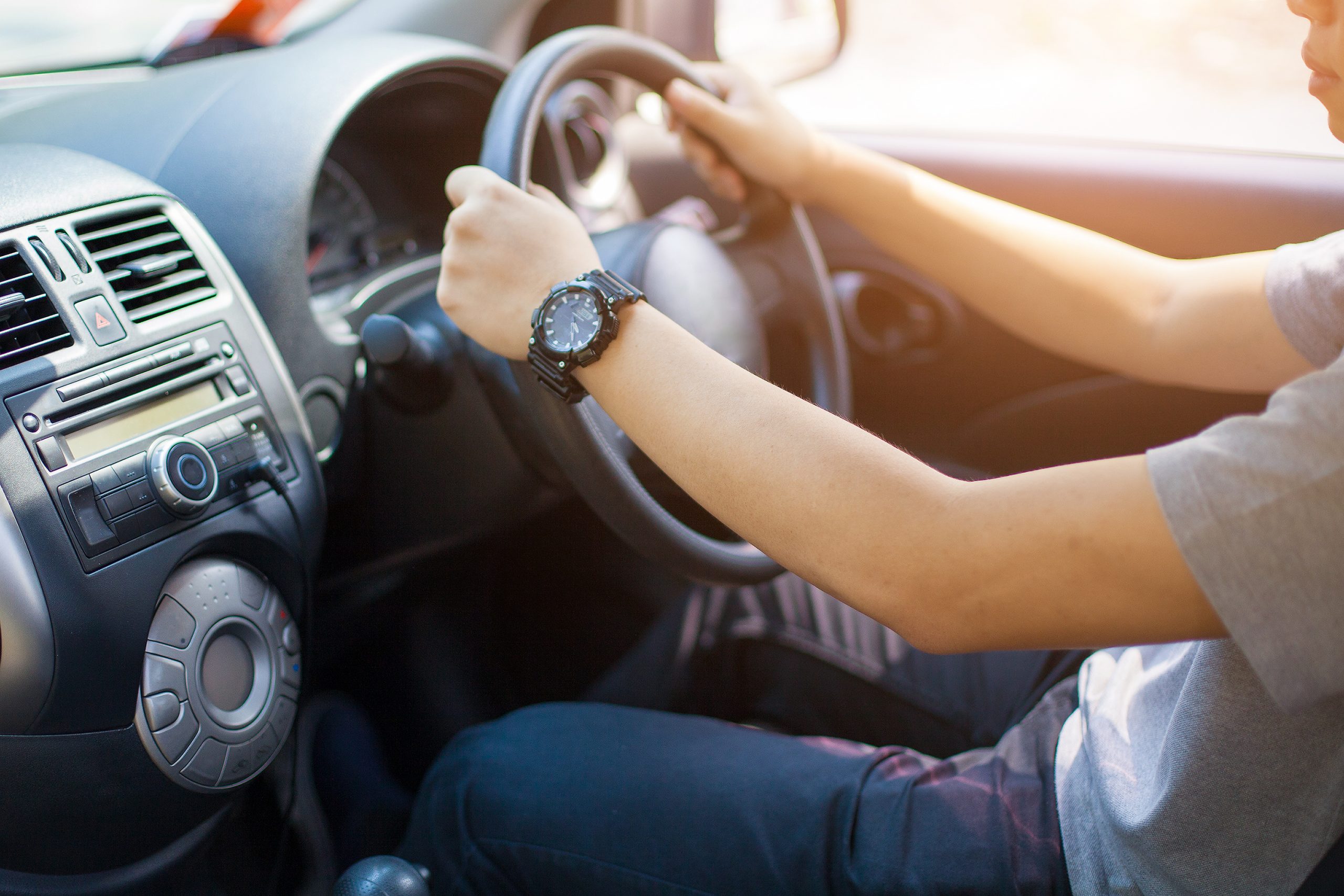Household Bills
10 tried and tested tips to save fuel and money

Pump prices have soared and while they’re coming down from the highs experienced last year, motorists are forking out more than they’d like to in the current cost-of-living crisis.
Consumer champion Which? lists 10 ways to help drivers save on fuel costs.
Ele Clark, Which? Money expert, said: “Every motorist will have felt the impact of soaring fuel prices over the last year. However, there are steps that drivers can take to lower their fuel consumption and spend less at the pumps.
“The best prices are often found at supermarket forecourts, but shop around before filling up to find the cheapest option. Other ways to keep fuel consumption low include changing gears early to avoid revving the engine and emptying your boot before a journey.”
Here’s how…
1) Supermarkets generally offer cheaper fuel, but shop around
Fuel from supermarket petrol stations is usually cheaper by a few pence a litre than branded fuel. However, this isn’t the case in all areas, with some independent petrol stations undercutting larger firms. It’s worth searching for the cheapest prices locally before you fill up. Check PetrolPrices.com to see the cheapest locations or sat nav app Waze displays live prices for stations during your journey. If you’re planning a long journey, fill up in advance as motorway service stations cost considerably more.
2) Use loyalty schemes
Many supermarkets and fuel retailers run loyalty schemes where drivers can collect points every time they fill up. These can then be exchanged for cashback or discounts. For motorists buying fuel from the same supermarket where they shop for groceries, signing up to a loyalty scheme could save money.
Supermarkets also occasionally run offers on fuel for shoppers who spend a certain amount in store – so it’s worth checking if your nearby supermarkets are running any offers before filling up.
3) Ditch premium unleaded
While there’s no harm in using high-octane ‘super’ unleaded, there’s usually no benefit either, unless you drive a high-performance or imported car that specifically requires it. Given super unleaded typically costs 10-15p more per litre than normal unleaded, avoiding the premium pumps will save you money.
4) Smooth stops and starts
The way you drive has a big impact on fuel consumption. Try to accelerate smoothly, building speed gradually to prevent having to use the brakes unnecessarily. Skipping gears in a manual car (i.e. switching directly from 1st to 3rd gear) can also reduce fuel consumption.
Many new cars will also have a gear-shift indicator, informing the driver of the most economical point to change gear, or even an ‘eco’ driving mode, which dulls the response of the throttle amongst other changes, to wring the most out of each litre of fuel.
5) Tyre pressure and basic car checks
It’s also worth keeping an eye on tyre pressure. Under-inflated tyres and misaligned wheels will drag down a car’s fuel economy and can mean costly replacements if left too long. Making sure cars are serviced on schedule can help drivers avoid reliability issues further down the line, plus newly serviced cars with fresh oil and clean filters run more efficiently.
6) Empty your boot
Driving a heavy car immediately increases fuel consumption, as the engine needs to work harder to get up to speed. Removing unnecessary items from the boot, as well as drag-causing external fixtures such as roof boxes and bike racks will significantly improve efficiency. Driving with open windows also causes significant aerodynamic drag, so using air conditioning is better for keeping cool at higher speeds.
7) Don’t warm up your engine
The advice varies between manufacturers, but in the winter months it’s normally preferable to drive immediately after starting the engine rather than leaving it running to heat up. Not only will this actually heat the engine faster, but provided you’re gentle with the throttle, it can also reduce engine wear and use less fuel. If your windscreen is misted, use the air-conditioning to quickly clear it – which is often quicker than relying on the car’s heating to kick in.
8) Stick to the speed limit
Legally, you should be sticking to the speed limit anyway, but the faster you drive, the higher your fuel consumption will be. Figures from the Department for Transport (DfT) show that driving on the motorway at 80mph uses around 25% more fuel than driving at 70mph. Travelling at 70mph uses 9% more fuel than driving at 60mph, and 14% more than at 50mph.
9) Turn equipment off
Equipment such as air conditioning, heated seats, and windscreen heaters are big energy-sapping features in most cars. Try to minimise use if you can.
10) Use a sat nav
Try and plan routes in advance of driving so you’re not wasting fuel going round the houses. Most up-to-date sat nav apps can also show drivers the most economical routes to help you avoid frustrating and fuel-guzzling traffic jams.